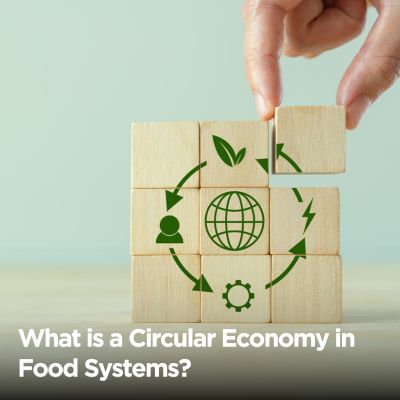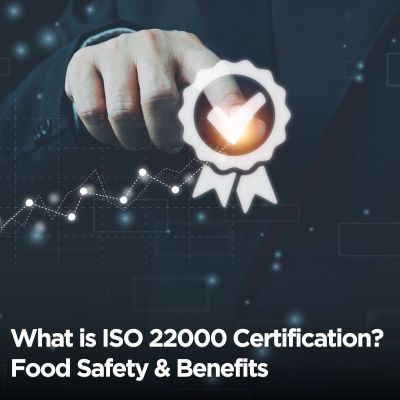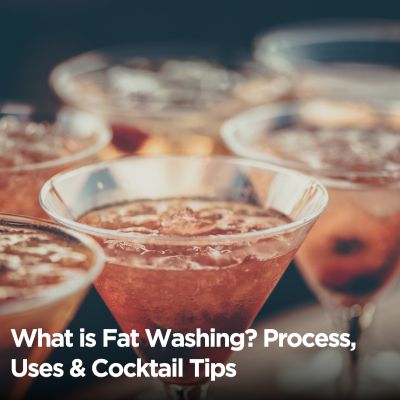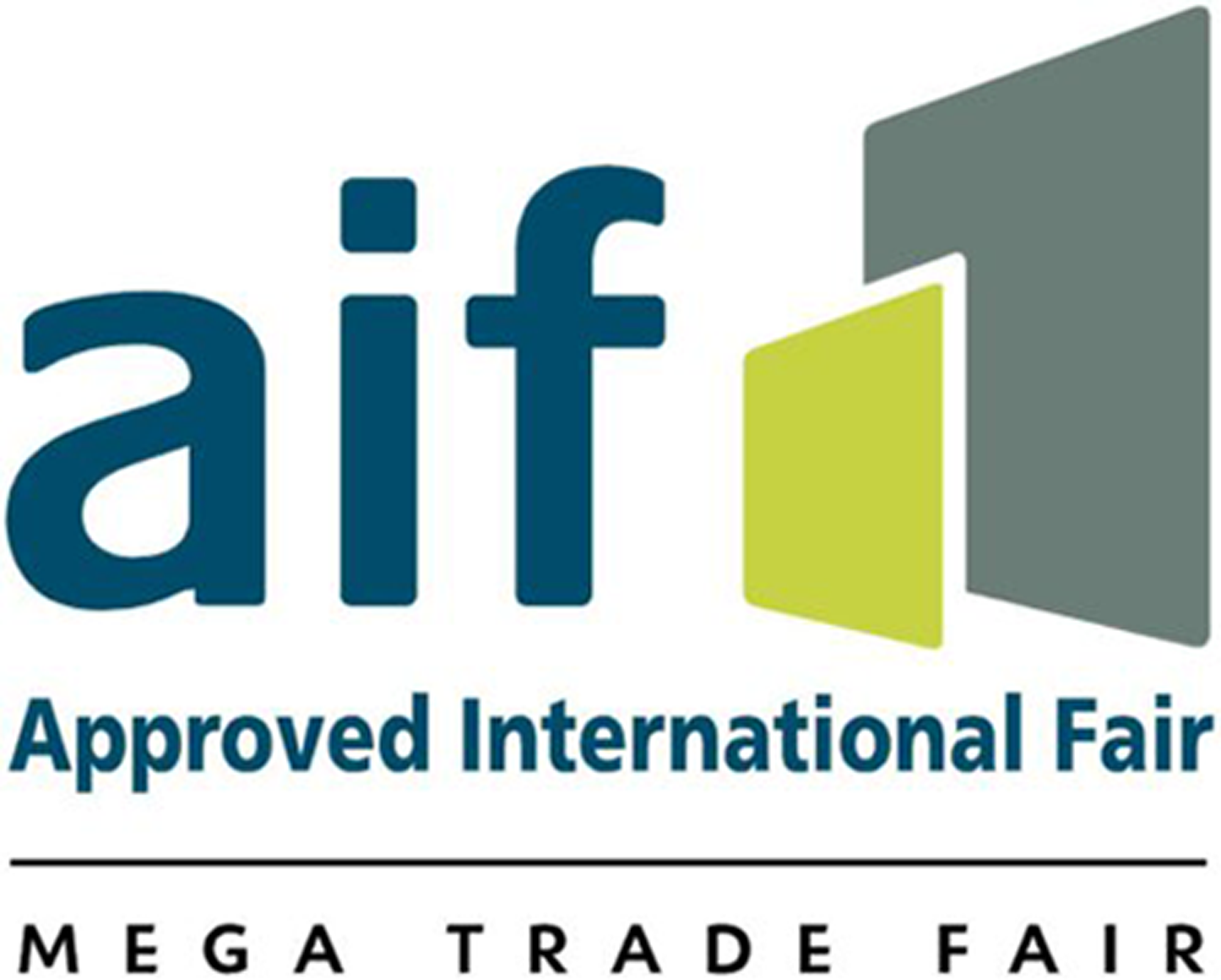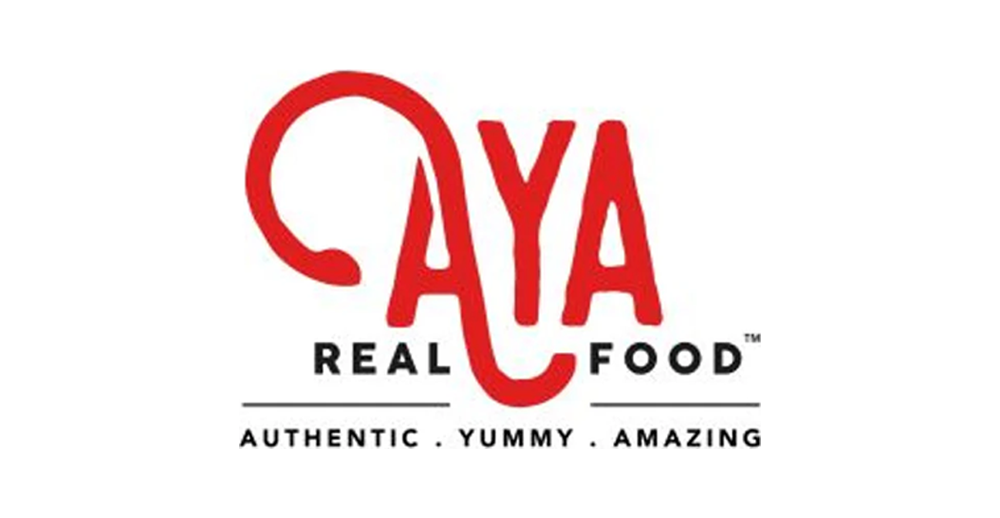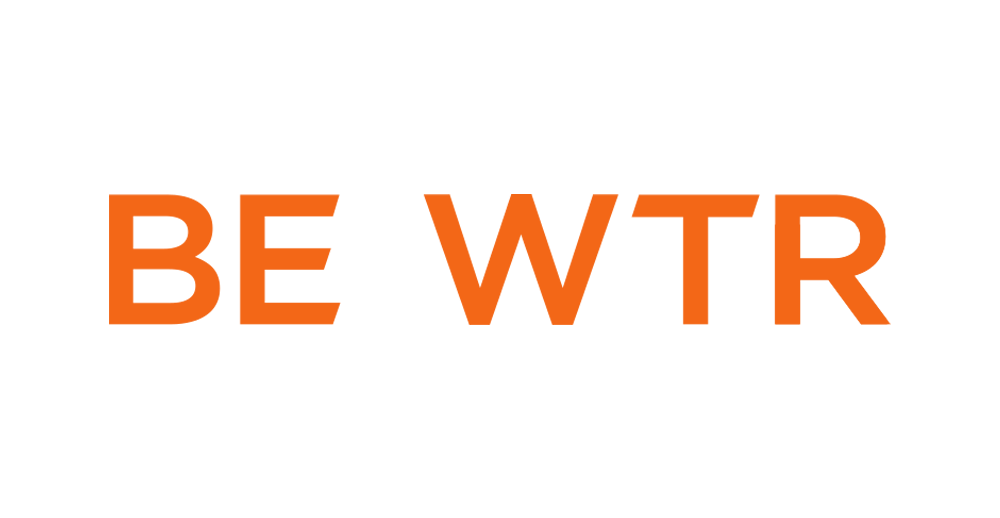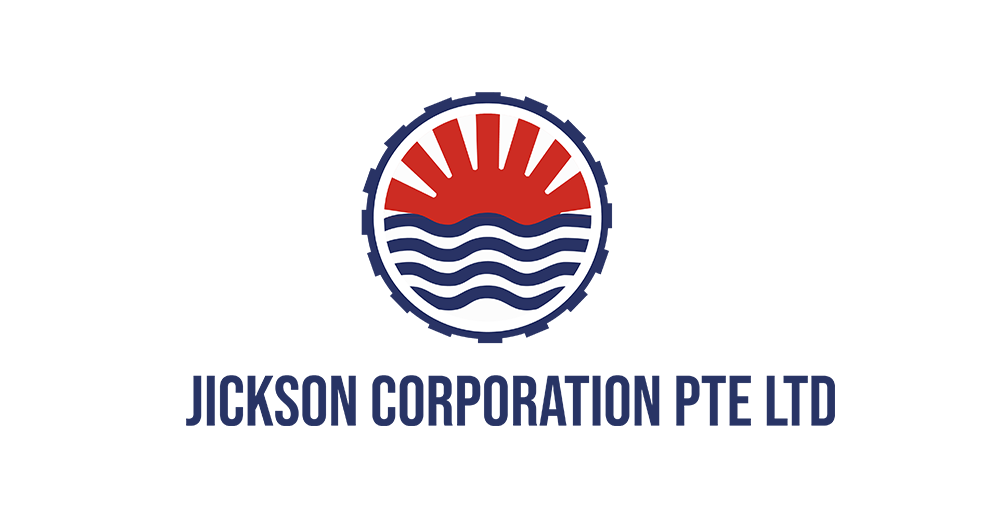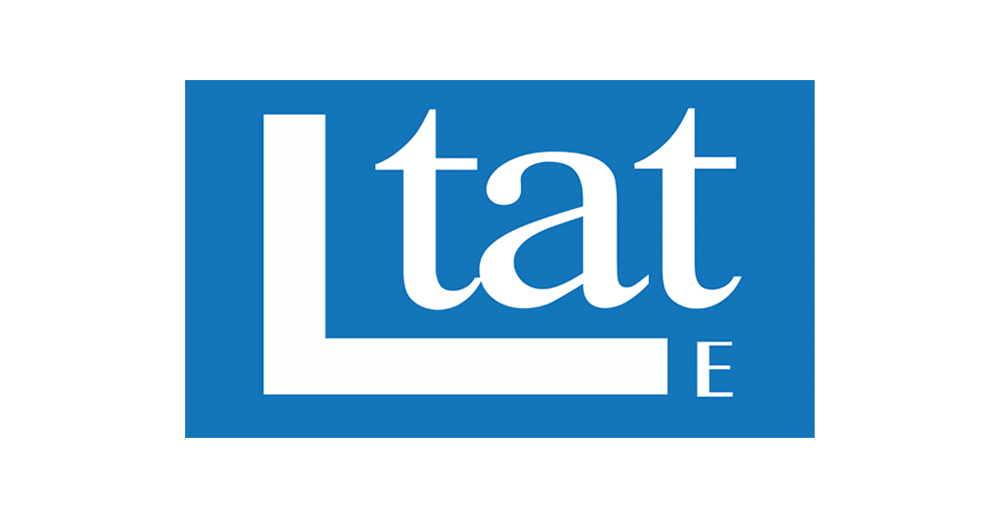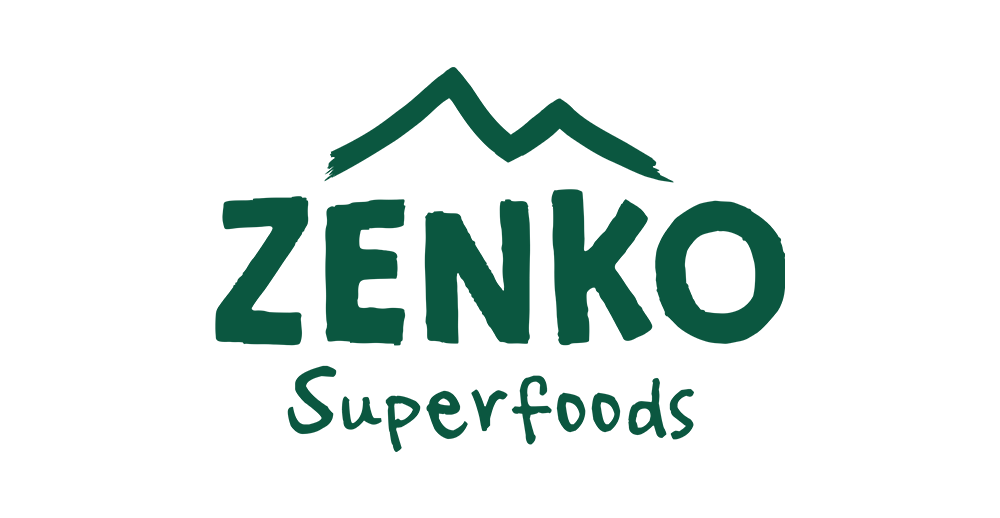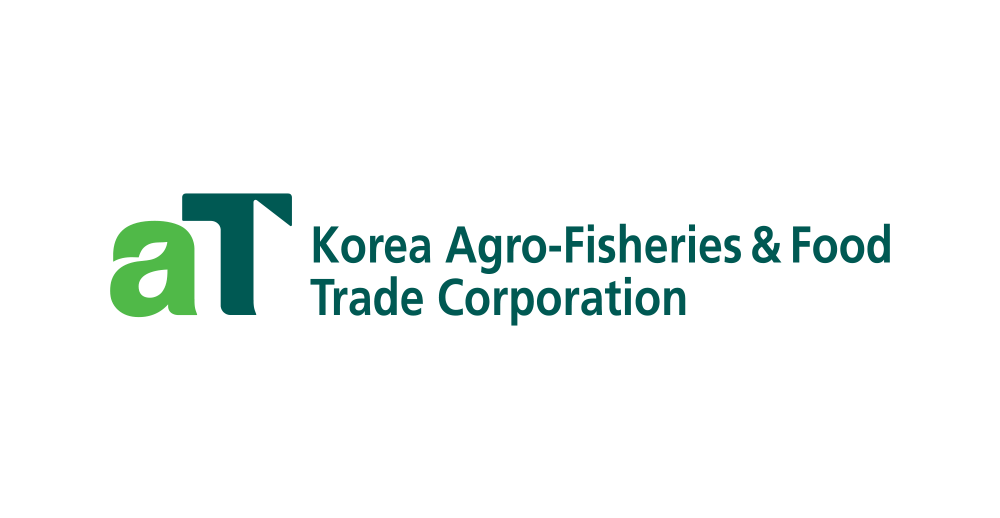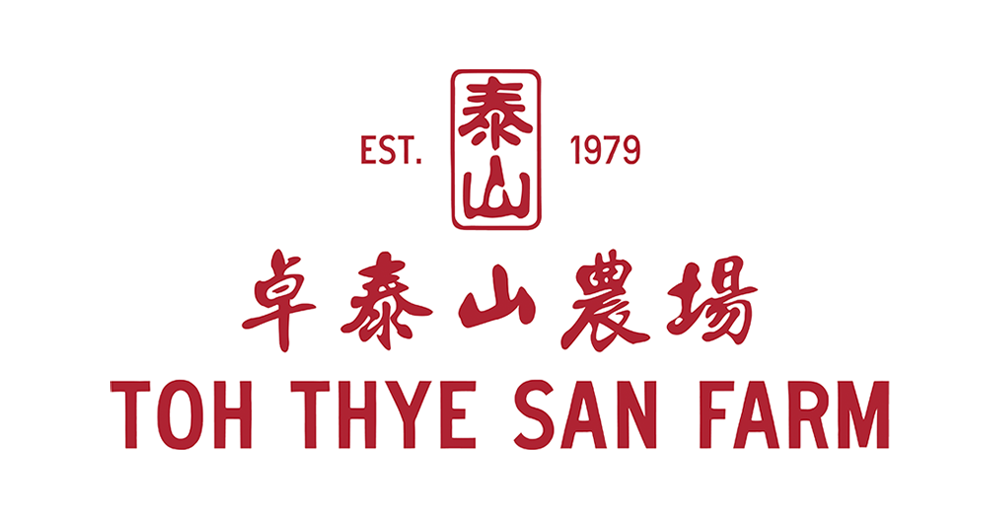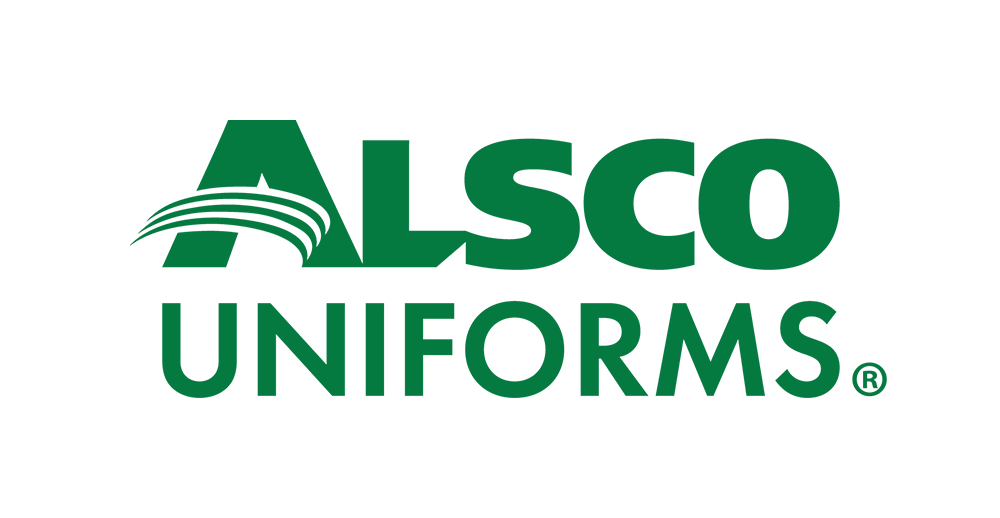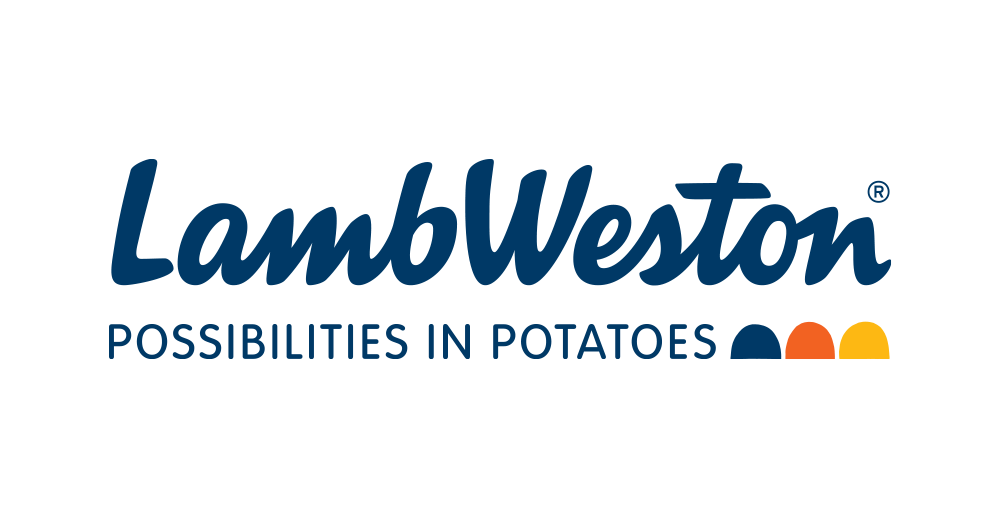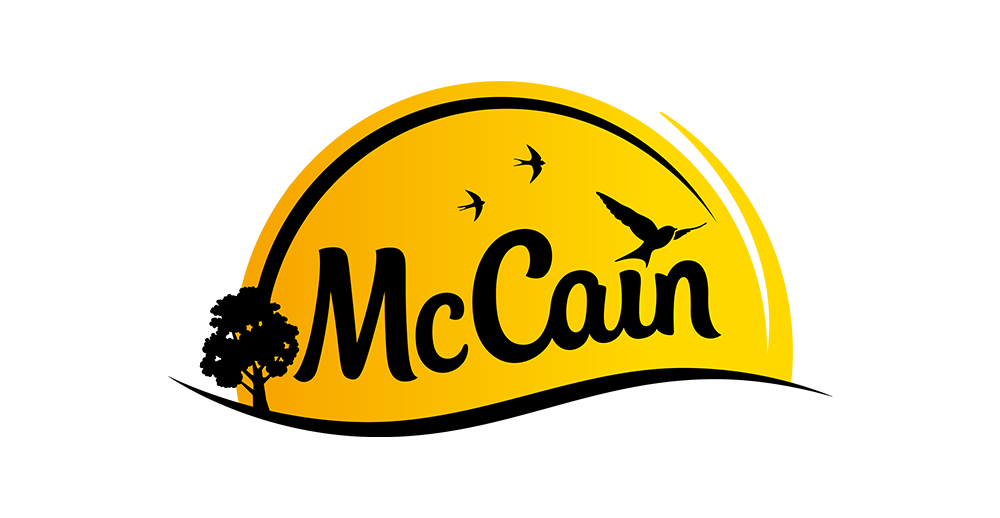Consumer Packaged Goods (CPG) are the everyday essentials we rely on. These include food, beverages, toiletries, and household products that sell quickly and are household staples.
CPG products are bought frequently, used quickly, and replaced often, making them a massive part of the global economy. Whether it’s a bottle of water, a box of cereal, or a pack of paper towels, they keep daily life running smoothly.
To succeed in the CPG market, businesses, retailers, and manufacturers must do more than sell products. They must focus on competitive pricing, efficient distribution, and compelling branding.
With billions in sales at stake, success comes from understanding consumer preferences, adapting to market trends, and building long-term customer loyalty.
What Are Consumer Packaged Goods (CPG)?
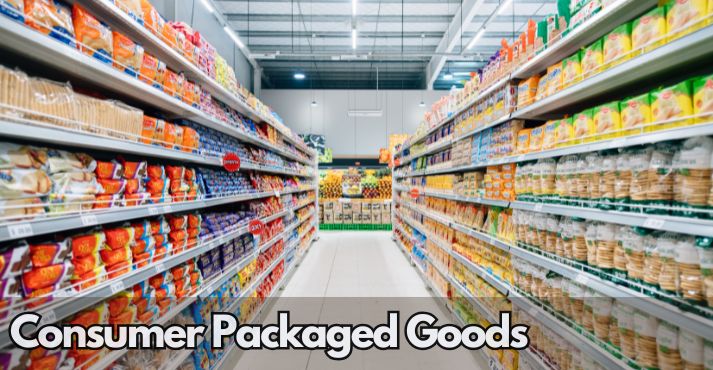
Consumer Packaged Goods (CPG) include everyday essentials like food, beverages, toiletries, and household products. These items are used regularly and need to be replaced often.
Unlike durable goods such as furniture or appliances, which last for years, CPG products have a shorter shelf life and are meant for quick consumption. They fill grocery store shelves and online shopping carts, influencing people’s shopping and spending.
Strong branding, eye-catching packaging, and effective marketing help products stand out. Success often depends on shelf appeal, advertising, and customer loyalty.
With the consumer goods market projected to reach $4.5 trillion by 2025, businesses must keep up with trends.
Staying competitive requires offering sustainable packaging, enhancing convenience, and expanding online availability. Brands must create products that connect with consumers and keep them coming back.
Types of Consumer Packaged Goods
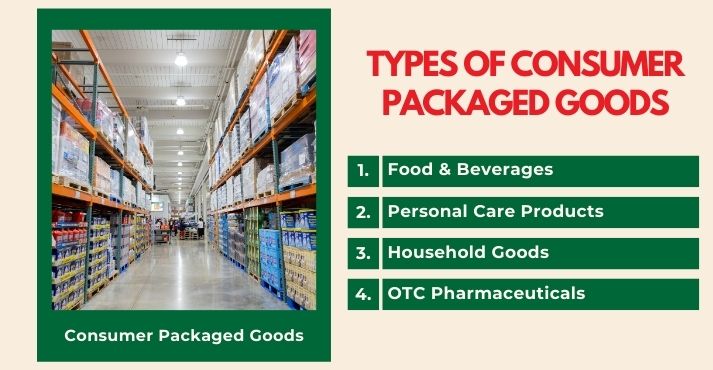
Consumer Packaged Goods (CPG) include a wide range of everyday products people purchase regularly. These items are essential for daily life and require frequent repurchasing because they are used quickly. The industry is highly competitive, with brands focusing on innovation, convenience, and sustainability to attract customers.
1. Food & Beverages
This category includes packaged foods, snacks, dairy products, non-alcoholic beverages, and frozen meals. Consumer demand for healthier options has led to a rise in organic, gluten-free, and plant-based products.
The snack industry is changing, with brands creating high-protein, low-sugar, and health-focused snacks to match new dietary trends.
Functional foods like protein bars and probiotic drinks are also gaining popularity. Packaging is essential in this category, with companies investing in resealable, single-serve, and eco-friendly materials to improve convenience and reduce waste.
2. Personal Care Products
Skincare, haircare, oral care, and cosmetics fall into this segment. Consumers look for high-quality, effective products, often influenced by trends in clean beauty, anti-aging, and sustainability.
Brands are responding by removing harmful chemicals, using recyclable packaging, and offering cruelty-free alternatives. Digital marketing, influencer endorsements, and personalized recommendations strongly impact purchasing decisions in this highly competitive space.
3. Household Goods
Cleaning supplies, paper products, and laundry detergents are household essentials. Consumers tend to stick with trusted brands but are increasingly open to eco-friendly alternatives.
Refillable cleaning solutions, plant-based detergents, and biodegradable paper products are becoming more widely available. Many retailers are also expanding their private-label lines, offering budget-friendly options that compete with well-known brands in both quality and price.
4. Over-the-Counter (OTC) Pharmaceuticals
This category includes pain relievers, vitamins, dietary supplements, and allergy medications. Consumers are paying more attention to ingredient transparency, with demand growing for natural supplements and personalized health solutions.
E-commerce has made OTC products more accessible, allowing shoppers to compare prices, read reviews, and subscribe to automatic refills for convenience.
How the CPG Industry Works
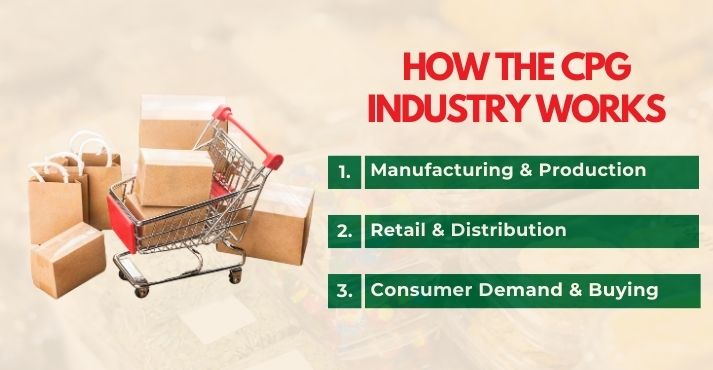
The Consumer Packaged Goods (CPG) industry operates through a complex network of manufacturers, retailers, and consumers. Every product on a store shelf or an e-commerce platform has gone through multiple stages, from sourcing raw materials to final delivery.
To stay competitive in a fast-moving market, companies in this sector must balance efficiency, cost, and consumer preferences.
Manufacturing & Production
CPG production begins with sourcing raw materials, which, depending on the product type, can come from farms, factories, or chemical suppliers.
The dairy industry, for example, relies on a complex supply chain to ensure freshness and quality, from milk sourcing to processing and packaging. Large manufacturers often operate multiple production facilities worldwide to meet demand and reduce costs.
Modern manufacturing requires automation, sustainability efforts, and supply chain optimization. Many companies are investing in eco-friendly packaging and ethical sourcing to meet consumer expectations for sustainability and transparency.
Once products are manufactured, quality control checks ensure their safety and consistency. Packaging is another crucial step, influencing consumer perception and protecting the product during shipping and storage.
Innovations like biodegradable packaging and smart labels, which provide tracking and ingredient information, are becoming more common.
Retail & Distribution
CPG products reach consumers through various sales channels, including supermarkets, convenience stores, pharmacies, and online marketplaces.
Traditional brick-and-mortar stores still account for a significant portion of CPG sales. However, e-commerce is expanding quickly due to the convenience of online shopping and direct-to-consumer (DTC) brands.
The confectionery market, in particular, has seen a shift toward digital sales, with brands using online platforms to introduce limited-edition sweets, personalized chocolates, and healthier candy alternatives.
Subscription services and auto-replenishment models are also becoming popular, allowing customers to receive essential products regularly without manually reordering.
Retailers are important for CPG’s success. Shelf placement, promotional displays, and discounts can heavily influence sales.
Large chains often negotiate pricing and placement with manufacturers, while smaller brands compete through targeted marketing and digital sales strategies.
Consumer Demand & Buying Behavior
Consumer behavior in the CPG industry is influenced by convenience, price sensitivity, and brand loyalty. Many shoppers stick with familiar brands but are open to new products, especially if they offer better value, healthier ingredients, or unique benefits.
Private-label products from retailers are becoming more popular as affordable alternatives to national brands.
Trends such as health-conscious eating, sustainability, and digital engagement are also influencing purchasing decisions. Consumers are looking for clean labels, organic ingredients, and ethically sourced products.
Meanwhile, digital marketing, social media, and influencers are significantly influencing younger buyers.
Conclusion
Consumer Packaged Goods (CPGs) are everyday essentials like food, beverages, personal care items, and household products that people buy and replace frequently.
The industry is highly competitive, with brands vying for shelf space and consumer attention through packaging, pricing, and promotions. Success depends on efficient production, strong distribution, and adapting to changing consumer preferences.
With the rise of e-commerce and direct-to-consumer sales, companies must find new ways to connect with shoppers while ensuring quality and affordability. Brands that stay innovative and responsive to market trends will succeed in this dynamic industry.

